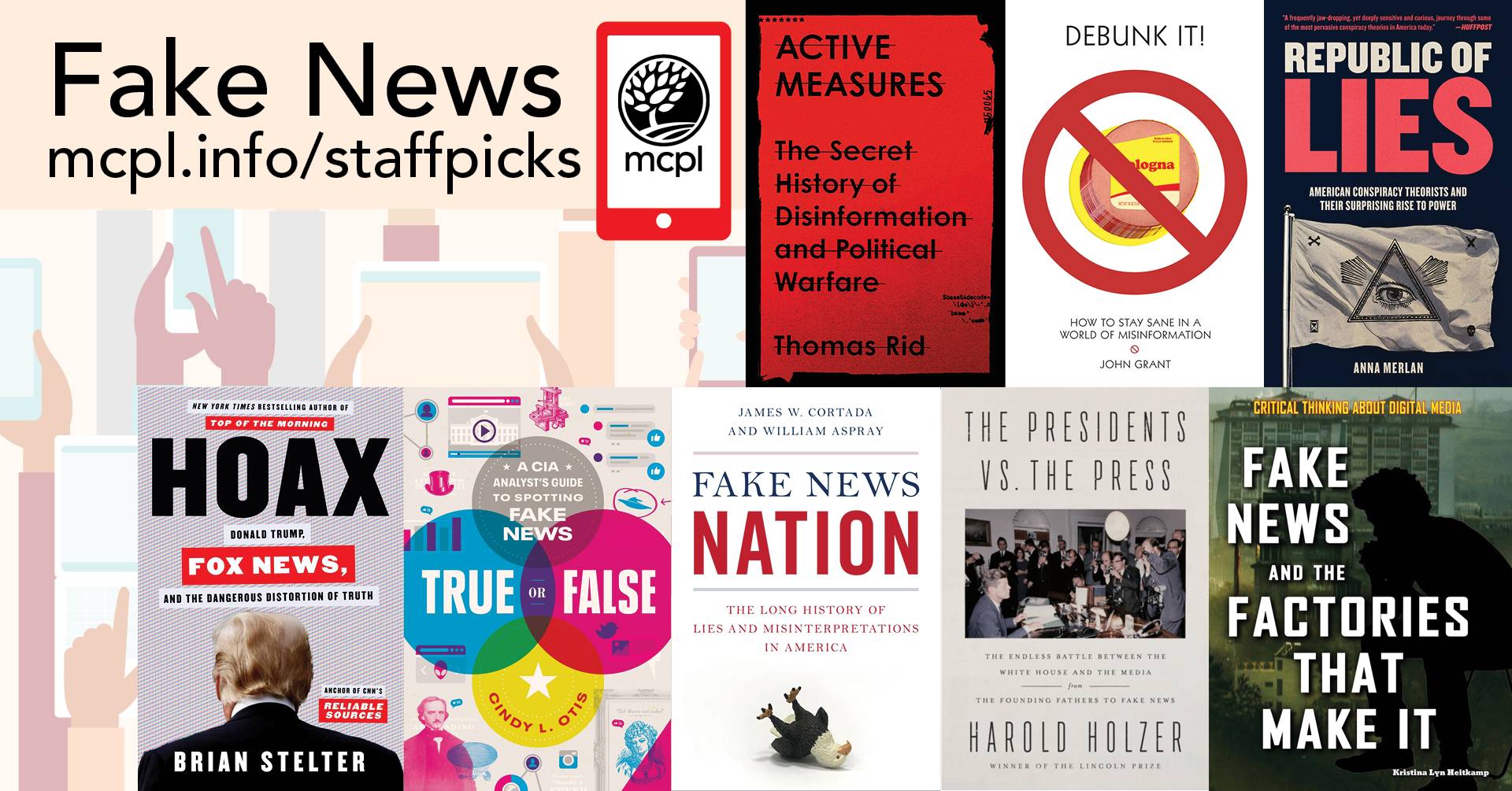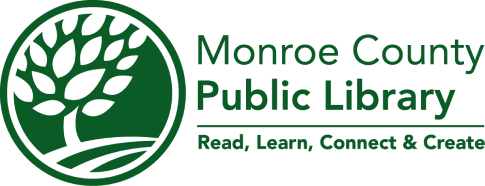Americans are awash in claims of fake news every day. How can we determine what to believe? And how did claims of fake news even begin? This list provides historical context for this issue, as well as guides to help you determine fact from fiction.
This title takes an historical look at fake news and how it has been used to political advantage. From the post Russian Revolution era to the 2016 U.S. election and “troll farms” Active Measures considers how organized deception has been used to weaken the public’s trust in facts.
Brotherton looks at the psychology of news in an age of instant access. How do we form our beliefs, and why do we end up believing things that are wrong? How much information can we possibly process, and what is the internet doing to our attention spans? And most importantly, how can we all be smarter consumers of news?
Two science professors give us the tools to dismantle misinformation and think clearly in a world of fake news and bad data. They explain how to challenge the “new-school bullshit” presented as math, science, or statistics in today’s news media.
John Grant uses ripped-from-the-headlines examples to clearly explain how to identify bad evidence and poor arguments. He also points out the rhetorical tricks people use when attempting to pull the wool over our eyes, and offers advice about how to take these unscrupulous pundits down.
Scholars Cortada and Aspray present detailed case studies that describe how lies and fake facts were used over the past two centuries in important instances in American history.
This high-interest book defines fake news and reveals the people behind the spread of disinformation. Readers will also glimpse the future of fake news and the alarming technologies used to make it.
CNN anchor Stelter looks at the controversial relationship between Donald Trump and Fox News. Former Fox insiders provide a look behind the curtain of Rupert Murdoch’s media empire.
MIT professor Aral uses his own research to provide a thought-provoking look at how social media influences us. This accessible title looks at how the tech of social media creates behavior-influencing consequences from elections to dating.
An award-winning presidential historian offers an authoritative account of American presidents' attacks on our freedom of the press. Sweeping in scope and richly detailed this book considers the tensions between presidents and the press from Washington to Trump.
American love a good conspiracy theory. This compelling read looks at the range and meaning of modern conspiracy theories, including how they begin and their impact on American society.
Former CIA analyst Cindy Otis provides the history and impact of misinformation over the centuries. She shares lessons learned working for the CIA, including actionable tips on how to spot fake news, how to make sense of the information we receive, and how to understand and see past our own information biases.
